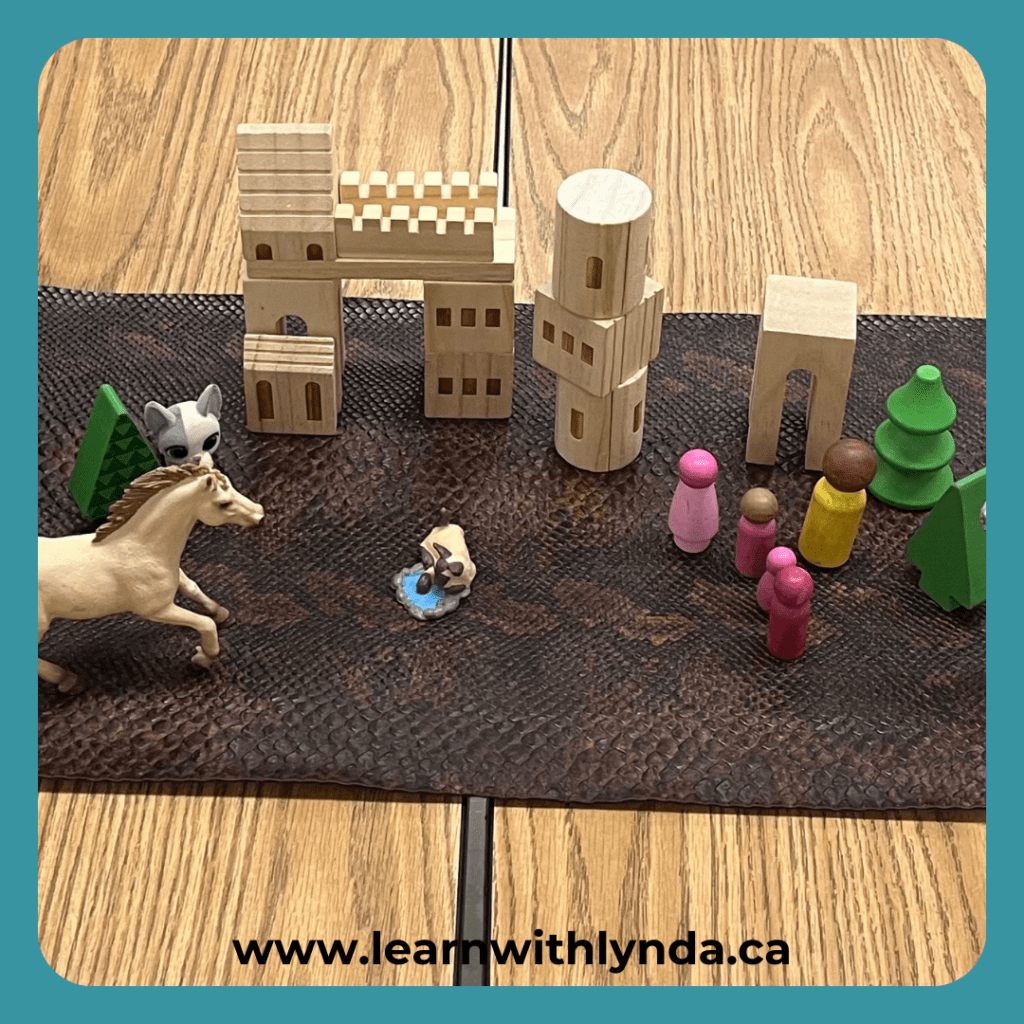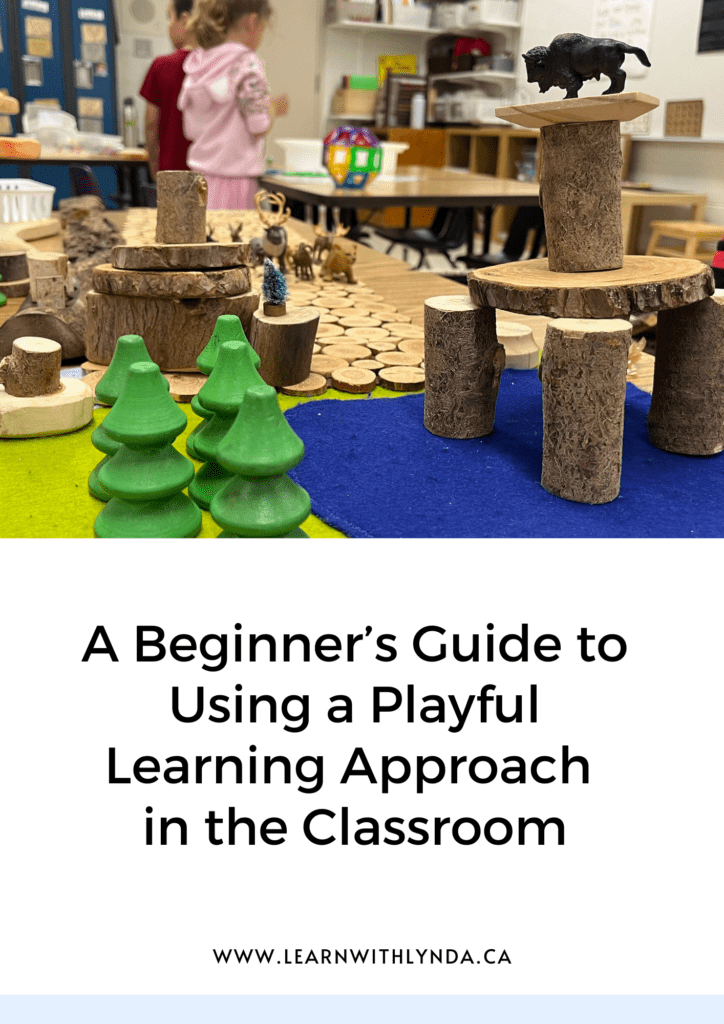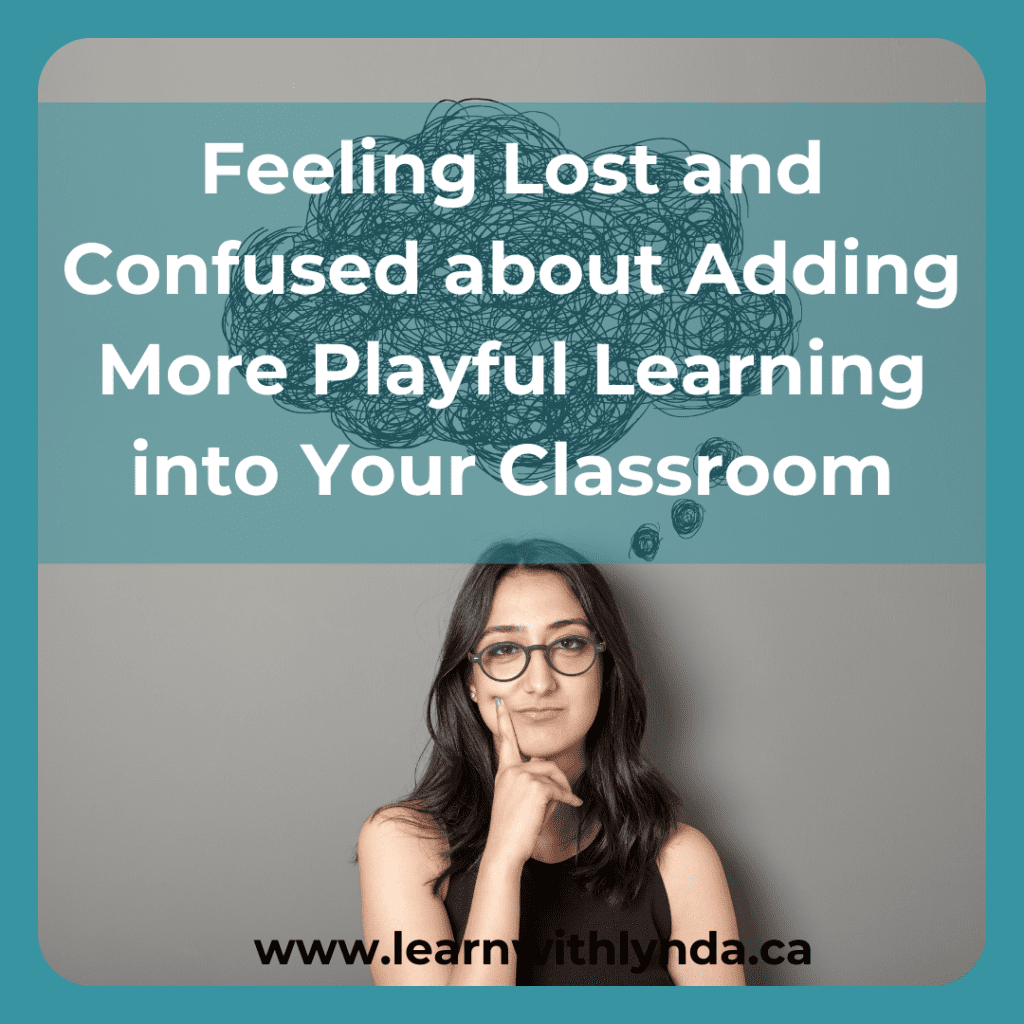You are not alone! Feeling lost and confused is one of the most common comments I hear from teachers who want to incorporate more playful learning into their classrooms. Change can feel intimidating, but I promise you—shifting toward playful learning can be exactly what you and your students need.
Why I Transitioned to a Playful Learning Approach
Adding more playful learning to my classroom has helped address some of the biggest challenges I faced in traditional teaching methods. Issues like student disengagement and behavioral struggles can be frustrating and disheartening. You spend countless hours planning lessons, only to feel disappointed when things don’t go as planned.
I’ve been there too. I realized that the lessons and environment I thought were effective weren’t meeting the needs of my students. They needed to learn in a more authentic way—and for young learners, that meant learning through play.
Was it easy to make this shift? Not at first. But now, I can’t imagine teaching any other way. Adding playful practices changed how both my students and I approached learning.
3 Ways to add more Playful Learning into Your Classroom
Here are a few examples of how I made learning more playful and engaging:
- Letter and Sound Activities: Instead of traditional drills, I turned these lessons into a matching game. Students earned points for their team or for the teacher. This approach allowed them to practice the skill in a fun and joyful way.
- Numeracy Skills: I introduced group and partner games to reinforce numeracy concepts. Each session started with a mini-lesson, followed by playful practice. This format allowed me to assess student understanding and provide targeted support during practice time.
- Building Community: Songs and interactive read-alouds became key components of our day. Familiar songs and books encouraged participation and helped build a sense of community. As the students began to see themselves as part of a family or team, we collaboratively established expectations for our playful learning environment.



Adjusting Lessons for Maximum Engagement
I also made changes to the timing and structure of my mini-lessons. By being mindful of my students’ attention spans, I incorporated body breaks and interactive activities to keep them engaged. My students especially love body breaks by Coach Corey and Danny Go. If you haven’t tried them yet, here are the links to their youtube sites.
Additionally, I added more opportunities for discussion during mini-lessons. Instead of relying on one student to answer at a time, I used think/pair/share activities. This allowed more students to participate and gave me a broader understanding of their learning. While students shared, I moved around the room to listen in on their conversations, which helped me gauge overall comprehension before moving on.
Here is an example of the discussion slides I used during our mini-lessons.

Final Thoughts
Transitioning to a playful learning approach has been transformative for both my students and me. While it may seem daunting at first, taking small steps can make the process manageable and rewarding.
Stay tuned for more tips and insights from my journey into playful learning!
Happy Learning, Lynda
You might be interested in my new guide.
A Beginner’s Guide to Using a Playful Learning Approach in the Classroom






